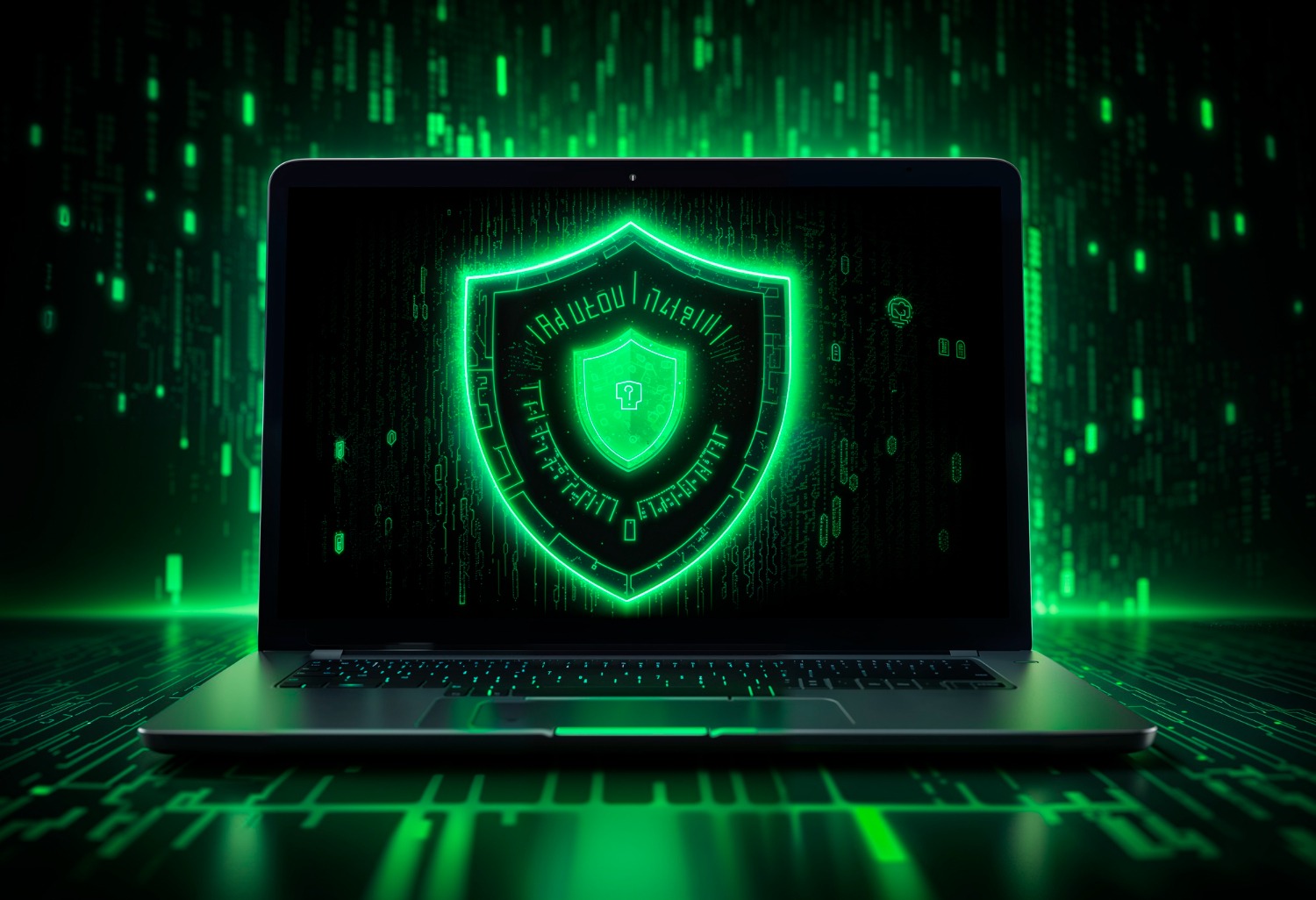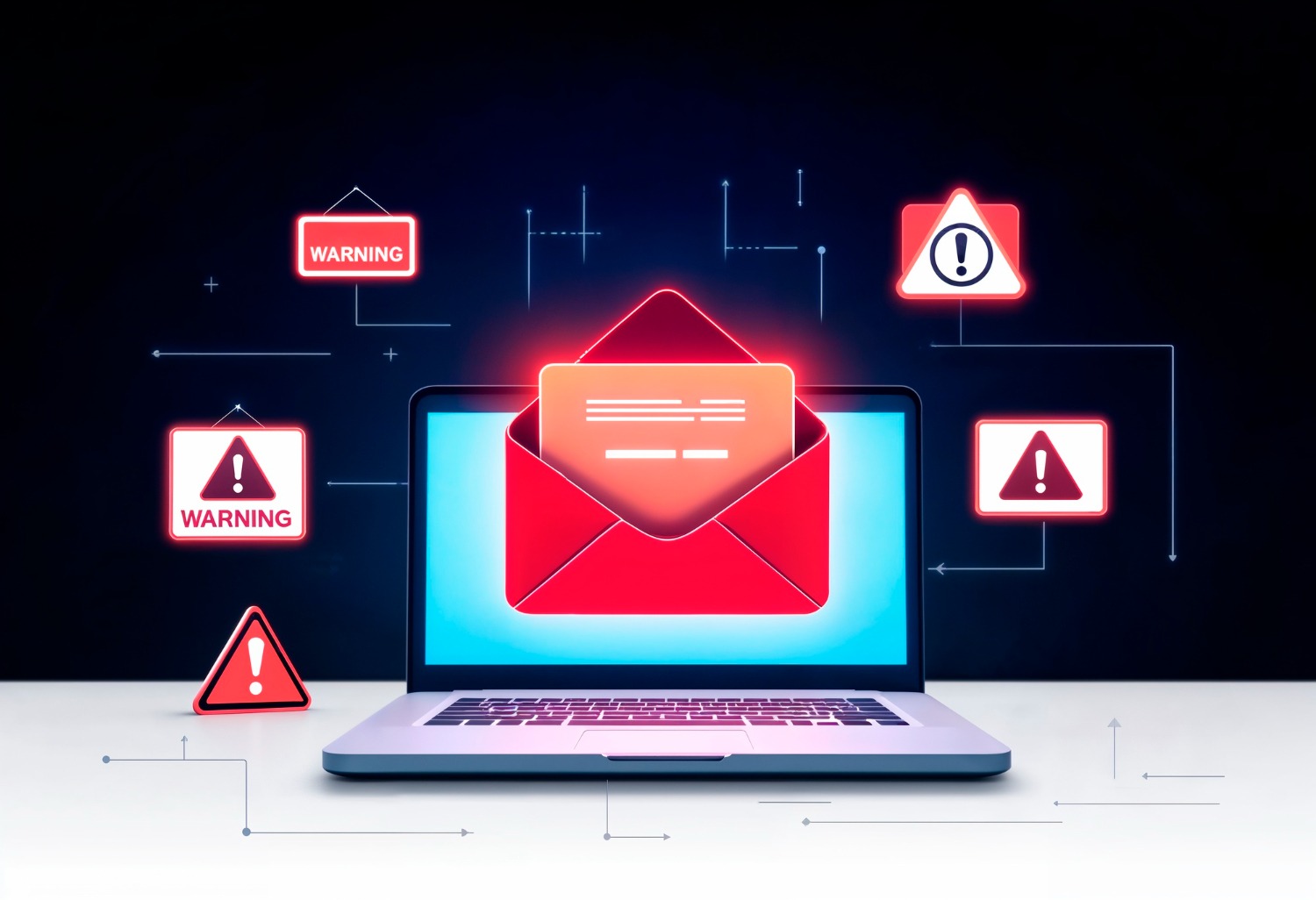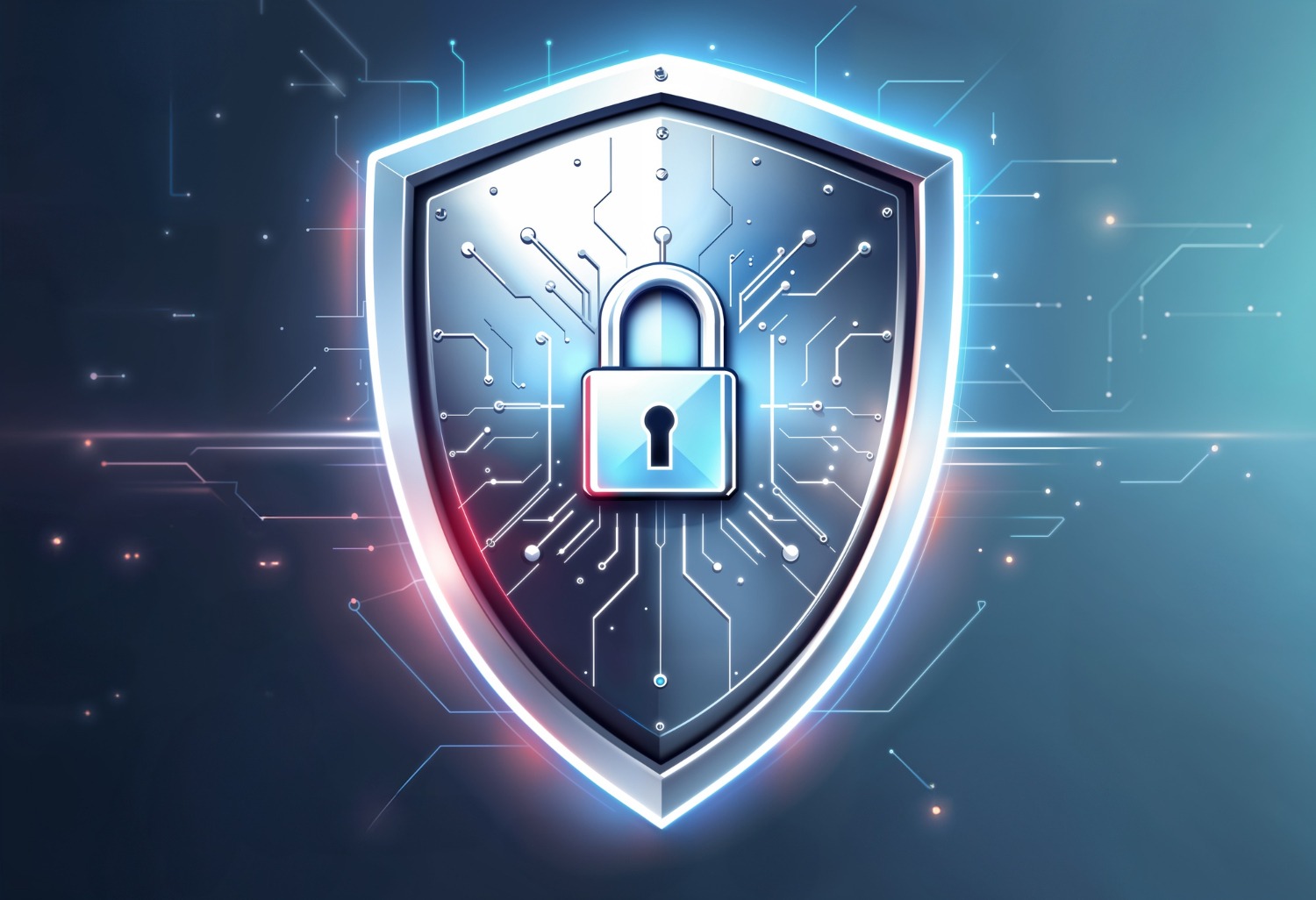Cybersecurity Strategy 2025: A CISO’s Blueprint for Resilience
Cyber threats are evolving faster than ever, and organizations must stay ahead to protect their data, assets, and reputation. With ransomware attacks, supply chain vulnerabilities, and AI-driven cyber threats becoming more sophisticated, Chief Information Security Officers (CISOs) must rethink their security strategies for 2025 and beyond.
Gone are the days when traditional firewalls and antivirus software were enough. The future demands a proactive, risk-based approach to cybersecurity—one that integrates zero trust, AI-driven threat detection, and continuous compliance monitoring.
So, how can CISOs build a cybersecurity strategy that is resilient, adaptive, and future-proof? The key pillars of cybersecurity in 2025, emerging threats, best practices, and a step-by-step blueprint for creating a robust cybersecurity strategy.
The Evolving Cyber Threat Landscape in 2025
Cyber threats are no longer limited to traditional hacking attempts. Attackers are using AI, automation, and deepfake technology to breach defences. Here are some of the most critical threats expected in 2025:
1. AI-Powered Cyber Attacks
Cybercriminals are leveraging AI-driven malware to automate and enhance their attacks. These threats can bypass traditional security defences by continuously adapting to detection mechanisms.
2. Ransomware-as-a-Service (RaaS)
Ransomware is evolving into a business model, with cybercriminals offering Ransomware-as-a-Service (RaaS) to less-skilled hackers. This means more widespread and frequent attacks across industries.
3. Supply Chain Vulnerabilities
Cyber attackers are increasingly targeting third-party vendors to gain access to larger organizations. A single weak link in a supply chain can lead to devastating breaches.
4. Deepfake and Social Engineering Threats
Sophisticated deepfake technology is being used for identity fraud, financial fraud, and corporate espionage. Cybercriminals can mimic executives’ voices or images to manipulate employees into revealing sensitive information.
5. Quantum Computing Threats
While quantum computing offers massive potential, it also poses risks. Quantum-powered decryption could render current encryption methods obsolete, exposing sensitive data.
Key Pillars of a Cybersecurity Strategy for 2025
A successful cybersecurity strategy in 2025 must be built on strong fundamentals. CISOs should focus on these five key pillars to ensure resilience:
1. Zero Trust Security Model
The traditional perimeter-based security model is outdated. In 2025, Zero Trust will be the gold standard for cybersecurity.
Core principles of Zero Trust:
- Verify every user and device before granting access.
- Implement multi-factor authentication (MFA) to minimize unauthorized access.
- Apply least-privilege access to restrict users from unnecessary data.
- Monitor and analyze user behaviour for anomalies.
Actionable Tip: Implement Zero Trust Network Access (ZTNA) solutions to ensure secure remote work.
2. AI and Machine Learning for Threat Detection
AI-powered cybersecurity tools can detect and respond to threats in real time. Instead of waiting for an attack to happen, AI continuously monitors network activity and identifies suspicious behaviour.
Benefits of AI-driven cybersecurity:
✅ Detects threats faster and more accurately than traditional methods.
✅ Uses behavioural analytics to identify unusual activity.
✅ Automates incident response to minimize damage.
Actionable Tip: CISOs should invest in AI-powered Security Information and Event Management (SIEM) and Extended Detection and Response (XDR) solutions.
3. Cloud Security and Hybrid Environments
With most businesses shifting to multi-cloud and hybrid work models, securing cloud environments is a top priority. Traditional security solutions are no longer sufficient.
Key cloud security best practices:
- Implement cloud access security brokers (CASBs) for monitoring.
- Encrypt data at rest, in transit, and in use.
- Use Identity and Access Management (IAM) to control permissions.
- Continuously monitor cloud configurations to prevent misconfigurations.
Actionable Tip: Ensure compliance with cloud security frameworks like CIS Benchmarks and NIST.
4. Cyber Resilience and Incident Response
No system is 100% secure. That’s why cyber resilience is just as important as prevention. Organizations need a solid incident response (IR) plan to recover from cyberattacks.
Steps to build a strong incident response plan:
- Develop a clear IR policy and test it with tabletop exercises.
- Establish a cyber incident response team (CIRT) with defined roles.
- Create real-time backup and recovery solutions to restore critical data.
- Regularly simulate cyberattacks to assess response effectiveness.
Actionable Tip: Use Automated Incident Response (AIR) tools to detect, isolate, and respond to threats instantly.
5. Compliance and Regulatory Requirements
Cybersecurity is not just about protection—it’s also about legal compliance. Organizations must stay up-to-date with data privacy regulations to avoid heavy fines.
Key cybersecurity regulations to follow in 2025:
- GDPR (General Data Protection Regulation) – Europe
- CCPA (California Consumer Privacy Act) – U.S.
- ISO 27001 – International standard for security management
- NIST Cybersecurity Framework – U.S. security guidelines
- PCI DSS (Payment Card Industry Data Security Standard) – For payment security
Actionable Tip: Regularly audit security controls to ensure compliance with global laws.
CISO’s Blueprint for a Resilient Cybersecurity Strategy
Now that we understand the key pillars, here’s a step-by-step guide for CISOs to build a resilient cybersecurity strategy in 2025:
Step 1: Conduct a Cyber Risk Assessment
✔ Identify critical assets and vulnerabilities.
✔ Assess potential threats using AI-powered risk models.
✔ Prioritize risks based on business impact.
Step 2: Implement a Zero Trust Framework
✔ Deploy Identity and Access Management (IAM) solutions.
✔ Apply the least privileged access controls.
✔ Monitor user and device behaviour continuously.
Step 3: Strengthen Cloud and Endpoint Security
✔ Encrypt sensitive cloud-based data.
✔ Deploy Endpoint Detection and Response (EDR) solutions.
✔ Secure IoT devices and remote endpoints.
Step 4: Build a Cyber Resilience Plan
✔ Develop an incident response plan and test it frequently.
✔ Implement real-time backup and disaster recovery solutions.
✔ Train employees on phishing and social engineering awareness.

Step 5: Continuously Monitor and Adapt
✔ Use AI-driven security analytics for real-time monitoring.
✔ Conduct regular cybersecurity audits and compliance checks.
✔ Stay updated on emerging threats and attack trends.
Conclusion
Cybersecurity in 2025 is not just about defence—it’s about resilience, adaptability, and continuous improvement. As cyber threats become more advanced, CISOs must take a proactive approach by implementing Zero Trust, AI-powered security, and cloud-native protection.
By following a structured cybersecurity blueprint, organizations can stay ahead of cybercriminals, protect their assets, and ensure compliance with global regulations. The future of cybersecurity belongs to those who anticipate threats, embrace innovation, and prioritize resilience.
The question is no longer if an attack will happen—it’s about how well-prepared you are when it does. Are you ready?




